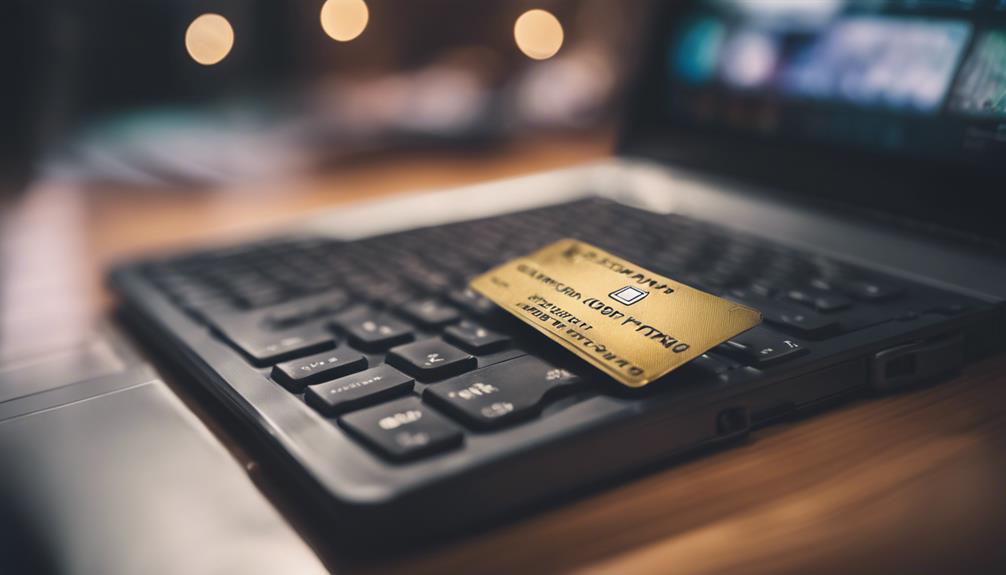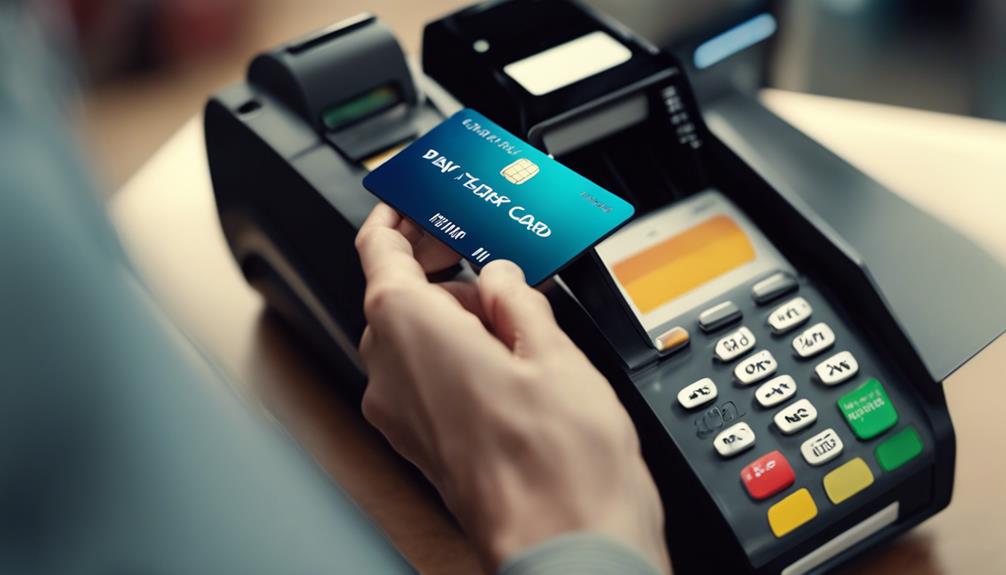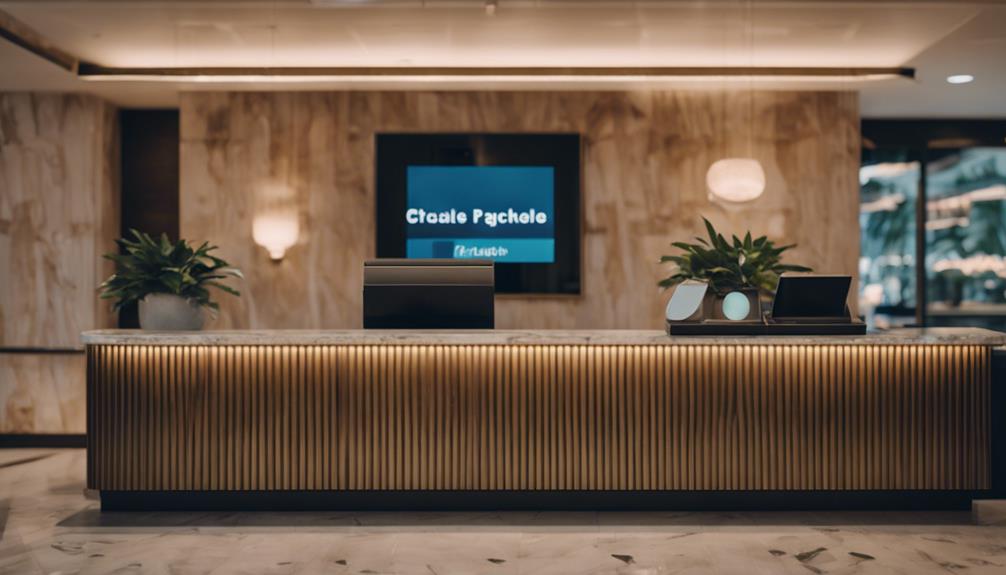To enhance security in payment gateways, prioritize PCI DSS compliance for data protection. Utilize robust data encryption techniques and SSL for secure data transmission. Implement multi-factor authentication to strengthen user verification and prevent unauthorized access. Employ fraud prevention tools and continuous monitoring practices for real-time threat detection. Additionally, conduct employee training programs to guarantee adherence to security protocols. These measures collectively safeguard sensitive financial information and foster customer trust. Further insights into effective security practices await deeper exploration within the payment gateway domain.
Key Takeaways
- Implement PCI DSS Compliance standards for data security.
- Utilize strong Data Encryption Techniques for sensitive information.
- Employ Secure Socket Layer (SSL) for secure data transmission.
- Incorporate Multi-Factor Authentication for user verification.
- Integrate Fraud Prevention Tools for real-time monitoring and detection.
PCI DSS Compliance
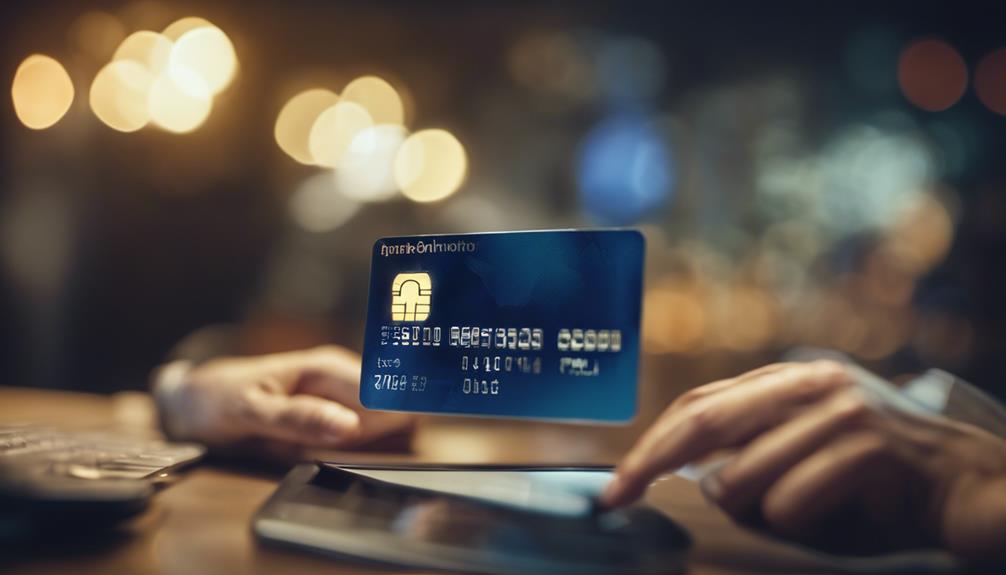
In order to guarantee the security of credit card information, businesses must prioritize maintaining PCI DSS Compliance standards. PCI DSS Compliance, which stands for Payment Card Industry Data Security Standard, ensures secure environments for handling credit card information. This involves implementing measures such as firewalls, encrypting data transmissions, and conducting regular security tests to protect sensitive card data.
Adhering to these standards is pivotal not only for safeguarding against data breaches and fraud but also for preventing the severe consequences of non-compliance. Failure to comply with PCI DSS standards can result in fines, reputational damage, and loss of customer trust. Businesses processing card payments must prioritize adhering to these regulations to maintain data security and uphold customer confidence.
Data Encryption Techniques

Data encryption techniques play an essential role in safeguarding sensitive payment information within payment gateways by converting data into coded formats to prevent unauthorized access. When it comes to securing online payment transactions, encryption is important for maintaining the confidentiality and integrity of data.
Here are key points about data encryption:
- Protection Against Cybercriminals: Encryption guarantees that even if cybercriminals intercept data, it remains secure and unreadable without decryption keys.
- Secure Payment Processing: Encryption safeguards credit card numbers and transaction details during payment processing, reducing the risk of data breaches.
- Confidentiality and Integrity: Implementing strong encryption methods is crucial to uphold the confidentiality and integrity of payment information in payment gateways.
Secure Socket Layer (SSL) Usage

When using a Payment Gateway, ensuring the SSL Encryption Strength is essential for securing data transmission.
Check the SSL Certificate Validity to confirm the authenticity of the connection.
Implement SSL following best practices to enhance cybersecurity measures.
SSL Encryption Strength
Improving SSL encryption strength is essential for strengthening the security of payment gateways and safeguarding sensitive customer information. When it comes to SSL encryption:
- It secures data transmission between websites and users.
- SSL enhances customer trust by ensuring data privacy and integrity.
- SSL certificates are displayed on websites with a padlock icon in the browser address bar.
Ensuring robust SSL encryption is pivotal in protecting against cyber threats like man-in-the-middle attacks. By encrypting critical information such as credit card details, SSL technology plays an essential role in preventing interception and maintaining the confidentiality of data during online transactions.
SSL Certificate Validity
Ensuring the validity of SSL certificates in your payment gateway is essential for maintaining a secure and trusted online transaction environment. SSL certificates play an important role in secure data transmission by encrypting information between web servers and browsers.
When SSL certificates are valid, users will see a padlock icon and 'https://' in the website URL, indicating a secure connection. This encryption protects sensitive data such as credit card details during online transactions. However, websites with expired or invalid SSL certificates may display security warnings, impacting user trust and data security.
Regularly checking and renewing SSL certificates is crucial to uphold the integrity of your payment gateway and ensure a safe browsing experience for your customers.
SSL Implementation Best Practices
To enhance the security of your payment gateway, implementing SSL best practices is imperative for safeguarding sensitive data and ensuring secure data transmission. When it comes to SSL implementation, here are some best practices worth noting:
- Data Encryption: SSL encrypts data to maintain privacy and integrity during transmission.
- Verification of Authenticity: It verifies the authenticity of websites, preventing tampering and eavesdropping.
- Boost Cybersecurity: Implementing SSL enhances cybersecurity measures and instills trust in online transactions.
Multi-Factor Authentication Methods

When it comes to Multi-Factor Authentication Methods, the focus is on securing login processes and enhancing user verification.
By requiring multiple forms of verification, such as passwords and biometrics, MFA adds an essential layer of security to prevent unauthorized access.
Implementing these methods is vital for safeguarding sensitive data and preventing fraud in payment gateways.
Secure Login Methods
Enhance the security of your payment gateway with robust multi-factor authentication methods.
- Multi-factor authentication (MFA) combines various verification methods like passwords, biometrics, and security tokens to guarantee secure logins.
- MFA greatly enhances security by necessitating more than just a password for access.
- Statistics reveal that MFA can thwart 99.9% of automated cyber attacks.
Implementing MFA is crucial for safeguarding sensitive data and averting unauthorized access to payment gateways. By incorporating MFA, you can decrease the risk of unauthorized transactions, thereby strengthening the overall security of your payment gateway.
User Verification Process
Utilize robust multi-factor authentication methods to fortify the user verification process in your payment gateway.
Multi-factor authentication (MFA) combines different forms of verification like passwords, biometrics, and security tokens to enhance security.
By implementing MFA, you greatly reduce the risk of unauthorized access, data breaches, and account compromise. This extra layer of security not only strengthens authentication processes but also acts as a powerful deterrent against fraud.
MFA is a widely accepted security measure in payment gateways as it offers enhanced protection for sensitive data and prevents unauthorized transactions.
Make sure to prioritize the user verification process by incorporating MFA to bolster the security of your payment gateway effectively.
Fraud Prevention Tools
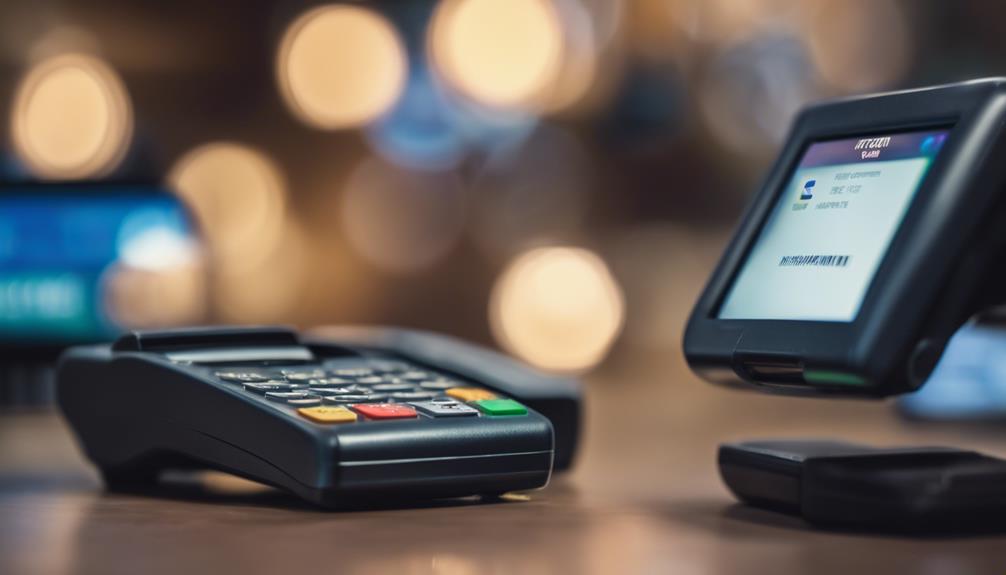
To effectively combat fraudulent activities, payment gateways rely on fraud prevention tools that harness AI and machine learning for real-time detection and prevention. These tools are vital for safeguarding against evolving fraud tactics and maintaining a strong security posture.
Here are some key aspects of fraud prevention tools:
- Real-time monitoring: Fraud prevention tools constantly monitor transactions as they occur, enabling immediate detection of any suspicious activity.
- Adaptive fraud detection: By analyzing transaction patterns and behaviors, these tools can adapt and enhance their detection capabilities to stay ahead of fraudsters.
- Financial risks mitigation: Implementing fraud prevention tools helps businesses mitigate financial risks associated with fraudulent transactions, ultimately protecting both the company and its customers.
3D Secure 2.0 Implementation
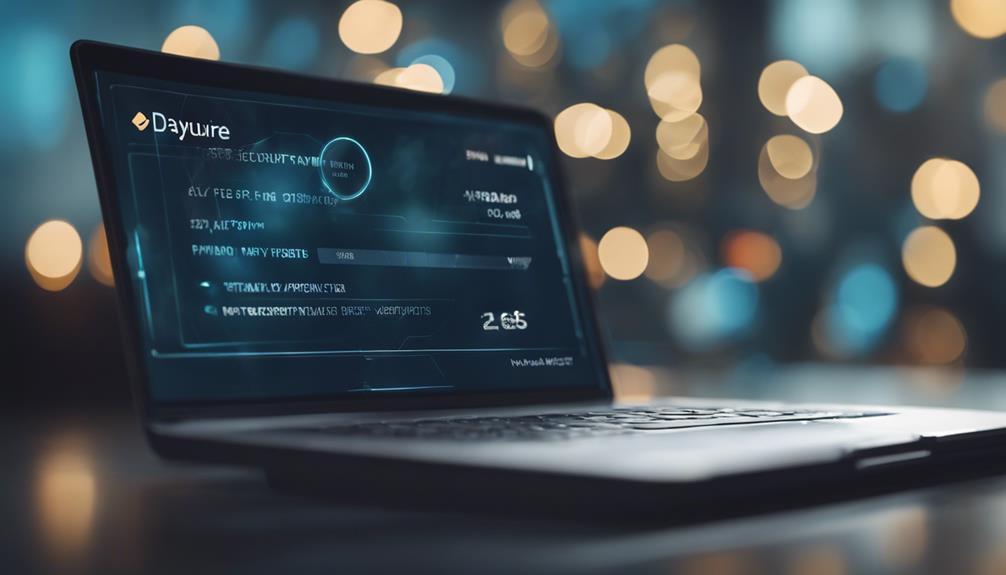
Implementing 3D Secure 2.0 in your online payment gateway enhances security protocols for transactions, providing improved mobile compatibility and reducing user authentication friction. This updated security protocol is specifically designed for online transactions, offering advanced features like enhanced security and user authentication.
3D Secure 2.0 requires an additional verification step with the card issuer, adding an extra layer of protection to e-commerce transactions. By integrating 3D Secure 2.0, you not only strengthen the security of your payment gateway but also improve the overall safety of online transactions. The enhanced security measures and mobile compatibility make it easier for users to complete transactions securely.
Employee Training Programs

Boost your payment gateway's security by prioritizing employee training programs to ensure staff are up-to-date on payment data handling protocols. Regular training exams help employees understand the latest regulations and compliance measures, ensuring a secure payment processing environment.
Well-informed employees play an essential role in maintaining data security, implementing fraud prevention measures, and following data breach protocols effectively. Training programs also enhance communication with customers in case of any security incidents, fostering trust and transparency.
Continuous Monitoring Practices

Enhance your payment gateway's security by implementing continuous monitoring practices for real-time tracking of activities and prompt detection of potential security threats. Continuous monitoring involves actively observing payment gateway activities to identify unusual transaction patterns, unauthorized access attempts, and suspicious activities. By using monitoring tools to analyze data traffic and system logs, you guarantee compliance with security protocols and regulations. These practices help in proactively protecting sensitive payment data, preventing fraud, and maintaining a secure transaction environment for your customers. Automated monitoring solutions can further enhance the efficiency of security measures, reducing the risk of vulnerabilities within your payment gateway system.
| Continuous Monitoring Practices | Benefits |
|---|---|
| Real-time tracking | Prompt threat detection |
| Analysis of data traffic | Compliance assurance |
| Identification of unusual patterns | Fraud prevention |
| Enhanced system security | Proactive protection |
Frequently Asked Questions
What Security Measures Do Payment Gateways Implement?
Payment gateways implement various security measures to safeguard credit and debit card transactions. These include:
- PCI DSS Compliance
- Data encryption
- SSL technology for secure data transmission
- Tokenization to protect card data
- Secure Electronic Transaction (SET) for encrypted payment data
These measures collectively work to prevent fraud and unauthorized access, ensuring the security and integrity of transactions processed through payment gateways.
What Measures Do You Think Could Be Implemented to Improve Online Payment Security?
To enhance online payment security, you can implement robust measures such as Two-Factor Authentication (2FA) for added verification.
Tokenization technology reduces risks by safeguarding sensitive payment data.
Regular employee training on cybersecurity practices strengthens gateway security.
AI-driven Fraud Detection Tools enable real-time monitoring of suspicious activities.
Compliance with PCI DSS standards is essential for secure payment processing.
These measures collectively fortify online payment security to protect customer information effectively.
How to Make a Secure Payment Gateway?
To make a secure payment gateway, you need robust encryption like SSL/TLS, tokenization for data protection, and two-factor authentication for user verification. Compliance with PCI DSS standards is essential, as is regular employee training on security protocols.
What Is the Security Architecture of a Payment Gateway?
When exploring the security architecture of a payment gateway, you'll find layers of protection like encryption, tokenization, authentication, and fraud detection. Encryption codes sensitive data for safe transmission, while tokenization swaps data for unique tokens.
Authentication confirms user identities, adding a security layer. Fraud detection systems monitor transactions to thwart any suspicious activities. These elements work together to create a robust shield for your payment gateway.
Conclusion
To sum up, implementing effective security measures in payment gateways is vital to safeguarding sensitive data and preventing unauthorized access. By adhering to PCI DSS Compliance, utilizing data encryption techniques, implementing SSL usage, and incorporating multi-factor authentication methods, businesses can enhance their security posture.
Fraud prevention tools, 3D Secure 2.0 implementation, employee training programs, and continuous monitoring practices further strengthen the defense against potential threats. Protecting payment gateways is essential in maintaining trust and confidence in online transactions.

